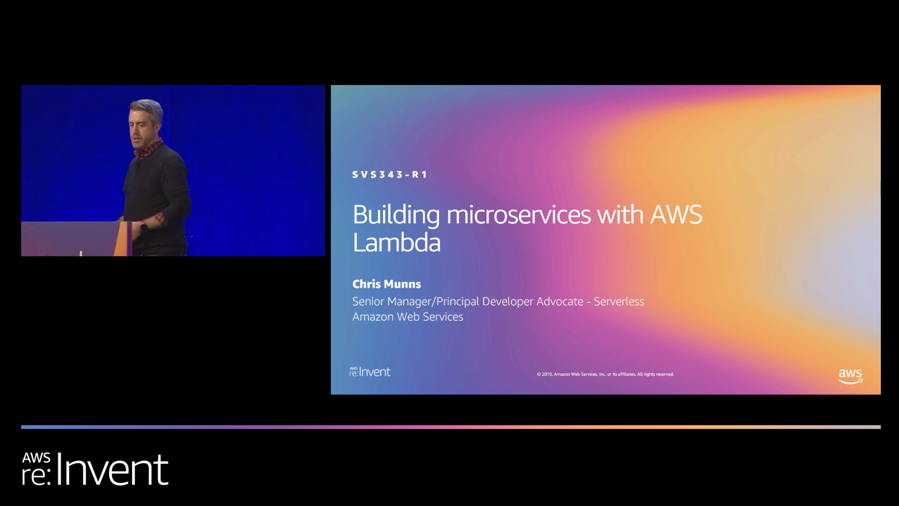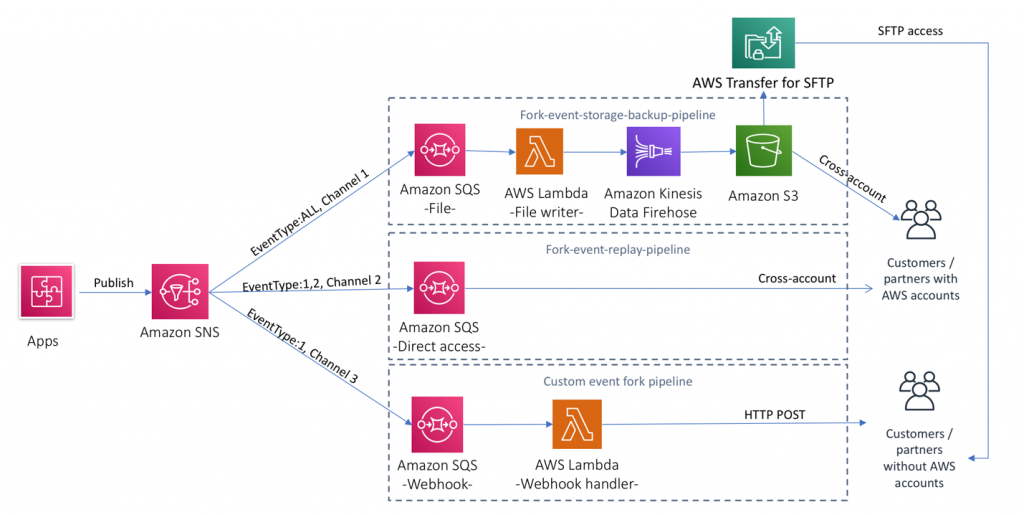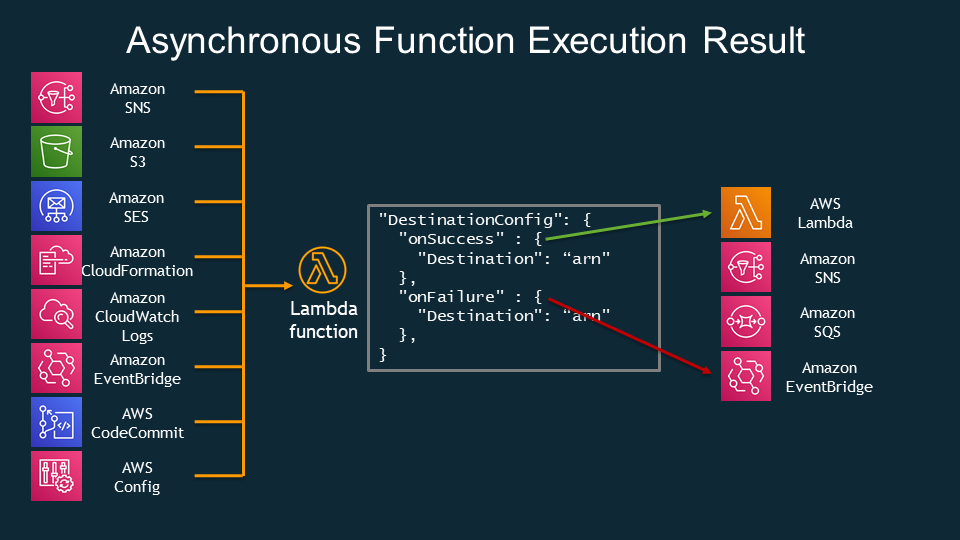AWS Compute Blog
Category: Amazon Simple Notification Service (SNS)
Building resilient serverless patterns by combining messaging services
Queues, publish/subscribe services, and event buses are important parts of a resilient, well-architected serverless application. These are provided in AWS by SQS, SNS, and EventBridge.
Choosing between messaging services for serverless applications
Messaging is an important part of serverless applications and AWS services provide queues, publish/subscribe, and event routing capabilities. This post reviews the main features of SNS, SQS, and EventBridge and how they provide different capabilities for your workloads.
Building well-architected serverless applications: Approaching application lifecycle management – part 3
This series of blog posts uses the AWS Well-Architected Tool with the Serverless Lens to help customers build and operate applications using best practices. In each post, I address the nine serverless-specific questions identified by the Serverless Lens along with the recommended best practices. See the Introduction post for a table of contents and explanation […]
Building scalable serverless applications with Amazon S3 and AWS Lambda
S3 and Lambda are two highly scalable AWS services that can be powerful when combined in serverless applications. In this post, I summarize many of the patterns shown across this series.
Application analytics pipeline with Amazon EventBridge
February 12, 2024: Amazon Kinesis Data Firehose has been renamed to Amazon Data Firehose. Read the AWS What’s New post to learn more. This post is courtesy of Rajdeep Tarat, Solutions Architect and Venugopal Pai, Solutions Architect Customers across industry verticals collect, analyze, and derive insights from end-user application analytics using solutions such as Google […]
ICYMI: Serverless Q4 2019
Welcome to the eighth edition of the AWS Serverless ICYMI (in case you missed it) quarterly recap. Every quarter, we share the most recent product launches, feature enhancements, blog posts, webinars, Twitch live streams, and other interesting things that you might have missed! In case you missed our last ICYMI, checkout what happened last quarter […]
Integrating B2B using event notifications with Amazon SNS
This post is courtesy of Murat Balkan, AWS Solutions Architect Event notification patterns are popular among B2B integrations. Their scalable and decoupled structure helps implement complex integration scenarios in a variety of enterprises. This post introduces a generic serverless architecture that applies to external integrations that use event notifications with Amazon SNS and Event Fork Pipelines. […]
ICYMI: Serverless pre:Invent 2019
With Contributions from Chris Munns – Sr Manager – Developer Advocacy – AWS Serverless The last two weeks have been a frenzy of AWS service and feature launches, building up to AWS re:Invent 2019. As there has been a lot announced we thought we’d ship an ICYMI post summarizing the serverless service specific features that […]
Introducing AWS Lambda Destinations
Today we’re announcing AWS Lambda Destinations for asynchronous invocations. This is a feature that provides visibility into Lambda function invocations and routes the execution results to AWS services, simplifying event-driven applications and reducing code complexity. Asynchronous invocations When a function is invoked asynchronously, Lambda sends the event to an internal queue. A separate process reads […]
Application integration patterns for microservices: Fan-out strategies
This post is courtesy of Dirk Fröhner, Sr. Solutions Architect The first blog in this series introduced asynchronous messaging for building loosely coupled systems that can scale, operate, and evolve individually. It considered messaging as a communications model for microservices architectures. This post covers concrete architectural considerations, focusing on the messaging architecture. Part 3 covers running […]









